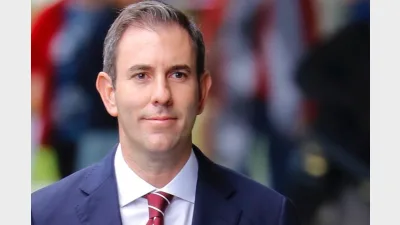Super system fee structure driving SMSF growth



The superannuation industry's fee structure is hitting members hard and causing them to move from retail and industry funds to self-managed super funds (SMSFs), according to LJ Financial private client adviser Duncan Brown.
He said the funds under management (FUM) fee structure, which operates as a percentage-based fee based on a member's account balance, was old-fashioned and did not incentivise performance.
"It is a bit of an old-fashioned system, and a lot of people have a problem with it — when the global financial crisis hit and the markets were tumbling, individuals were still getting charged fund management fees on top of their losses."
He said most funds hit members with administration and management fees as well, and as a result of all of the fees many members could get a better return from a term deposit.
It was no surprise that so many members were switching across to the self-managed sector, he said.
The misalignment of interests between fund managers and members was another factor driving the shift to the self-managed sector, Brown said, because retail and fund managers had a short time horizon while investors invested for the long-term.
"Unfortunately, retail and industry fund managers have the target to produce profit in the short term, whereas members are in it for the long-term growth, meaning the investment strategy is not aligned," he says.
Brown said herding was still a problem and led fund managers to believe all they needed to do was out-perform the average to continue to be paid their bonuses and pay rises, even if they had lost members' money.
"The fund can still be classed as a market leader, despite passing over negative returns, as its returns were above the market average," he said.
Brown said the first problem with the superannuation system was that funds under management were too large at $1.4 trillion — which meant legislation had to cater to the masses.
"This might not suit what an individual might be trying to achieve from their super, due to the lack of investment flexibility," he said.
Poorly structured retail funds that did not cater to the individual's financial goals limited growth opportunities and further drove investors towards SMSFs, according to Brown.
Recommended for you
Super trustees need to be prepared for the potential that the AI rise could cause billions of assets to shift in superannuation, according to an academic from the University of Technology Sydney.
AMP’s superannuation business has returned to outflows in the third quarter of 2025 after reporting its first positive cash flow since 2017 last quarter.
The major changes to the proposed $3 million super tax legislation have been welcomed across the superannuation industry.
In holding the cash rate steady in September, the RBA has judged that policy remains restrictive even as housing and credit growth gather pace.










